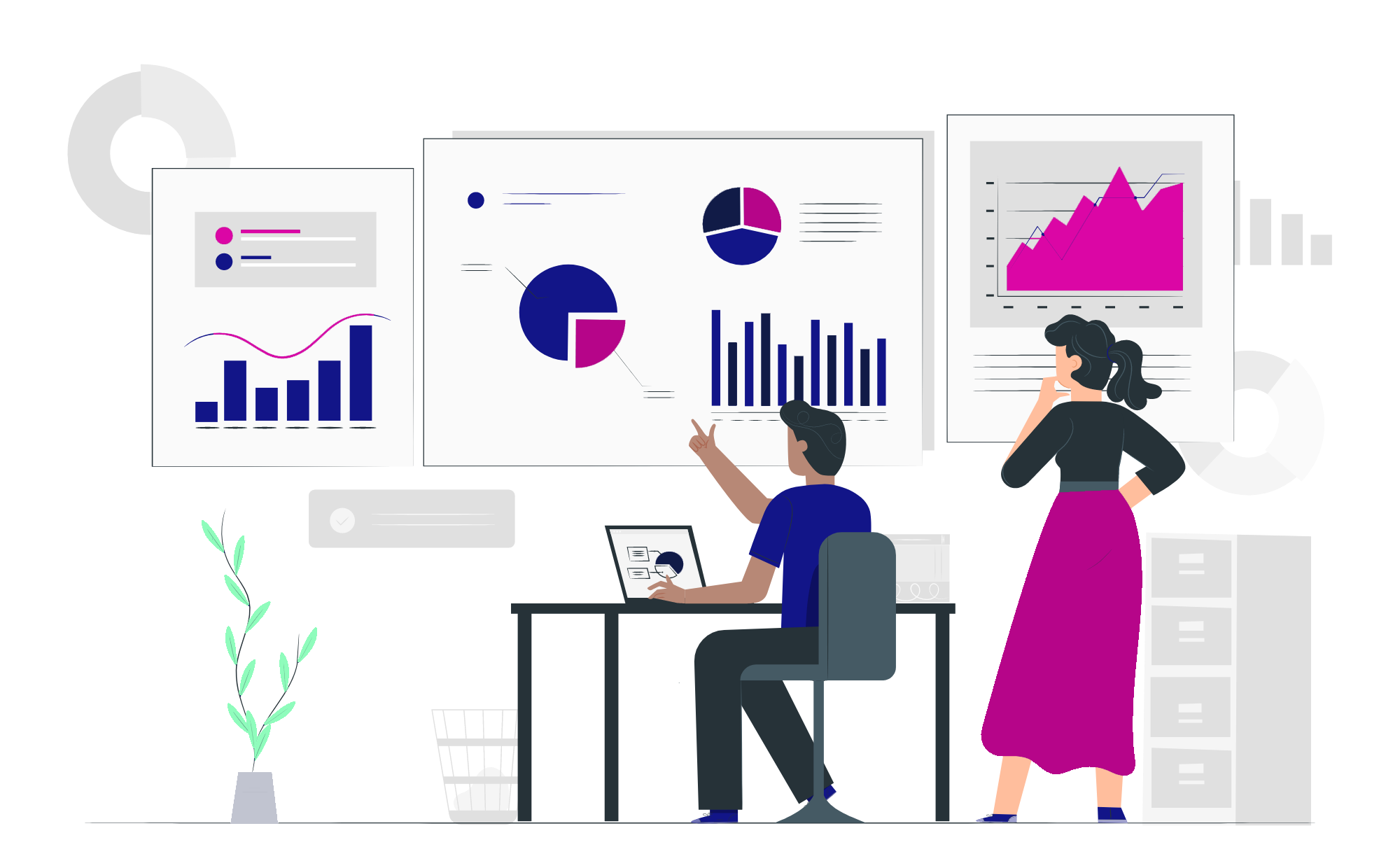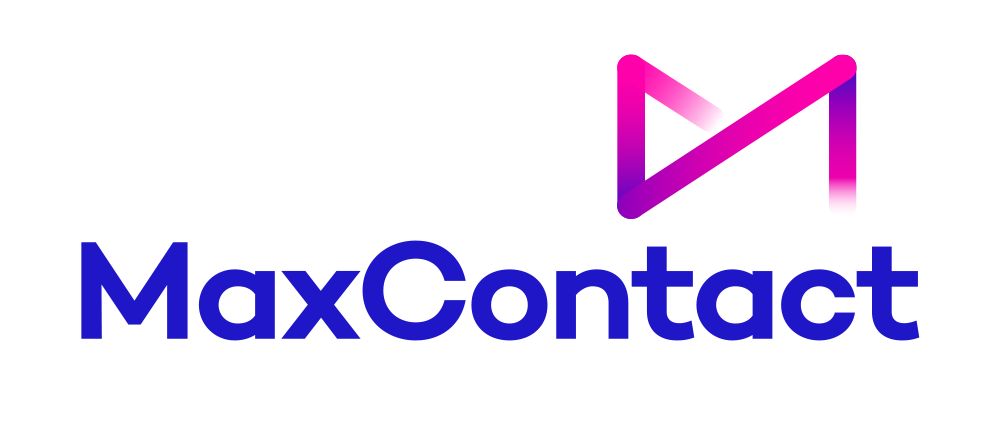Top 10 KPIs and Metrics for Call Centres

What Do Metrics Mean in a Call Centre?
Call centres are a key part of any company. Geared towards customer service, they are often the first point of contact a customer has with a firm.
Call centres present a unique opportunity to turn an unhappy customer into a satisfied one, therefore ensuring great word-of-mouth marketing. In short, a call centre's effectiveness defines a thriving business.
Key Performance Indicators (KPIs) are used to measure a call centre's success—metrics that measure its efficiency with the help of specific data sets.
KPIs are used for anything in business, from personal evaluations to sales. In the context of call centres, KPIs help businesses assess if a call centre delivers the best possible customer service at the lowest cost.
Metrics in call centres measure all aspects of the interaction between agents and customers. They track the time, responsiveness, and resolution of calls with measurable data that can be compared across departments and throughout time.
It should be stressed that only some metrics are applicable in all scenarios. For example, inbound call centre KPIs may differ from outbound ones.
How Is Call Centre Efficiency Measured?
Call centre efficiency is measured against determined goals as defined by each department. The metrics reveal whether the goals have been achieved.
If not, the KPIs may offer valuable insight into how these objectives can be reached. Here are some examples of how you can measure call centre efficiency:
1. Set Up a Goal
It is only possible to measure data with a clear target. Each business department typically sets its own goals.
Finance, for example, may be looking to minimise call centre costs, while management may be more interested in optimising agent training.
As for marketing, they may be focused on creating repeat customers; customer satisfaction may be paramount to them.
Once the respective goals have been set, KPIs will show whether a company is achieving them or what needs to be done.
2. Compare the Metrics
A single call centre KPI on its own only tells part of the story. You want to compare several metrics between various sets over time.
For example, average queue time is linked with call abandonment time. When customers wait too long, they will eventually hang up.
This number is also related to the number of agents you have and their training—well-trained agents will finish calls faster.
3. Analyse the Metrics
Metrics and call centre KPIs can tell you how well your call centre performs. When you measure metrics, you can analyse them to evaluate the call centre's productivity and efficiency.
Metrics can indirectly reflect on other business components. A new service launch, for example, often leads to increased calls to the call centre.
The call centre KPIs will act as a forerunner, showing you how well-prepared the call centre is and how your customer base responds to the new service.
4. Share the Data with Teams
Different teams will conclude data, so you should share your findings with all business teams. The overall business productivity depends on all teams working together and complementing each other.
5. Review Findings
Findings are snapshots. You want to review them, make adjustments, and then run new metrics to assess your progress towards greater efficiency and customer satisfaction.
Analysing your call centre metrics and KPIs can strengthen your business. For example, long handling times may suggest that problems with your product or service need to be addressed at a different level.
To correctly identify the problem, you must ask your agents the most common questions and complaints.
Metrics and KPIs You Should Use
There are countless Key Performance Indicators (KPIs) to measure your call centre's productivity. As a result of each department's differing needs, they commonly use different KPIs.
For example, management teams want to ensure that agents and representatives perform their best and have the proper training to do their jobs.
They may focus on metrics such as average call abandonment rate and percentage of calls blocked.
On the other hand, customer service departments want to appraise first-call resolutions and service levels because these KPIs determine call centre customer satisfaction.
As for financial executives, they need to know how well the call centre is delivering regarding costs. When productivity increases, costs drop, so they want to know how productive agents are.
Average handle time and occupancy rates are among the metrics that address that. Here are some metrics and KPIs you should use:
1. Average Call Abandonment Rate
The average call abandonment rate measures how many customers hang up the phone before an agent answers it. If this rate is high, customers are frustrated waiting in line and hanging up.
High abandonment rates signify your agents need to be more productive or be too few to handle calls. An Interactive Response Design (IVR) may help reduce customer frustration and free up agents' time.
2. Percentage of Calls Blocked
The percentage of calls blocked reflects the number of customers who wait in line, don't hang up, but are stopped from reaching an agent. For example, customers may be asked to call again or be redirected to an IVR self-service menu.
Too many calls blocked means your agents are not handling phone calls adequately—or you need more agents.
3. Average Time in Queue
How long are your customers waiting for their call to be answered? Most call centres estimate how long the customer is expected to stay.
Long average times in queue inevitably lead to high abandonment rates. In an era of instant gratification, customers are impatient and demand prompt service.
4. Service Level
Service level measures the number of calls answered within a specific time frame. Service level measures your agents' productivity and how quickly they switch from one call to another.
5. Average Speed of Answer
The average speed of an answer measures how many times the phone rings before it is answered. This should be as low as possible since customers want the fastest response and the fewest phone rings.
6. Average Handle Time
Average handle time is a closely monitored metric as it can be used to estimate agents' productivity. It measures how long each phone call lasts, including hold time.
For your call centre to be productive, you must find the perfect balance between customer satisfaction and average handle time.
If calls are rushed and processed too quickly, customers feel overlooked. On the other hand, calls that take too long may suggest that agents need to be more productive or have the proper templates to deliver results.
7. Average After-Call Work Time
Calls often require after-call work. Your agents, for example, may be required to fill out certain forms, answer questions, compile reports, etc.
You want the after-call work time to be minimal so that your agents can readily take the next call. Your goal is to maximise your agents' time.
Long after-call work times mean your agents need more training or more templates and procedures they need. You should examine your processes and determine if they are too time-consuming, eating into your agents' call times.
8. First-Call Resolutions
First-call resolutions measure the number of calls that resolve problems from the first call. A high number suggests that your call centre is maximising its potential.
Agents have the correct instructions to solve the issues, and your processes are transparent and well-understood.
In addition, customers are happy because they don't have to call back. So, customer satisfaction is optimal, and your agents can be used for new calls without lingering problems that persist through follow-up calls.
9. Occupancy Rates
Occupancy rates measure the time your agents spend on calls. They need to take into account breaks or time spent on after-all work.
Occupancy rates matter to the financial department; high ones suggest that your agents are working at their fullest potential and you are maximising your workforce capabilities.
10. Customer Satisfaction Score (CSAT)
CSAT is a key metric that measures how satisfied customers are with your service. This metric is usually measured through surveys, in which customers are asked to rate their satisfaction on a scale of 1-5 or 1-10.
To improve your CSAT scores, you could try to reduce wait times, focus on agent training or personalise customer interactions.
Measure Your Call Centre Success with MaxContact
Call centres must balance customer satisfaction against agents' productivity. Call centre metrics and KPIs measure how your call centre is performing and whether it’s achieving its goals.
To maximise the benefits for your company, you need a trusted partner. MaxContact has the answers for all your call centre needs.
Whether you need call centre software, debt collection software, or non-profit call centre software, we deliver the tools your business requires alongside valuable business analytics.
We have set the benchmark for contact centre platform stability with 99.999% uptime, so you can be sure lengthy outages will heavily impact your campaigns.
Over a hundred successful customers already trust MaxContact worldwide. Schedule a MaxContact demo and be one of them! We look forward to hearing from you!
.png)
From the blog








